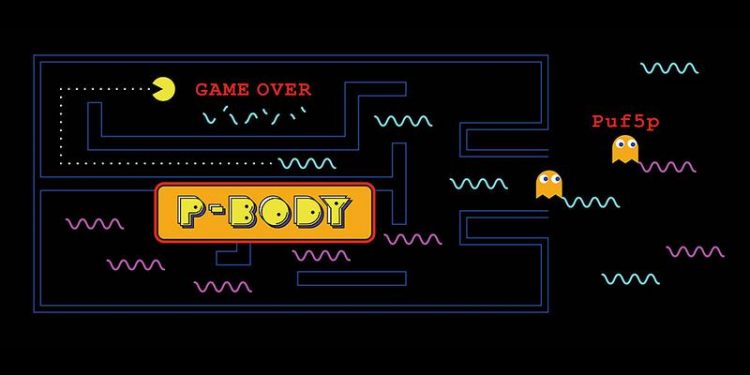Survival Strategy of Messenger RNAs During Cellular Sugar Shortage

P-Bodies are the place of fate: Transported by the protein Puf5p (orange), mRNAs are either degraded or stored – depending on whether they are needed or not in case of sugar shortage in the cell. University of Basel, Biozentrum
If a cell encounters a stress situation, whether it is due to nutrient restriction or osmotic shock, the cell reacts immediately to ensure its survival. Prof. Anne Spang’s research group at the Biozentrum of the University of Basel, has investigated how various stress conditions affect processes in the cell.
The team discovered that so-called P-bodies, small cellular organelles, play an important role in these processes: They not only, as it was previously assumed, degrade the messenger RNAs (mRNAs), which are of no use to the cell in the respective situation, but also ensure that the mRNAs that are required are stored.
As mobile carriers of genetic information in the cells, mRNAs are templates for the production of vital proteins. With Puf5p the research team additionally identified the very protein that determines the fate of the various mRNAs.
Protein decides fate of mRNAs
Spang and her team, using yeast as a model organism, investigated which processes are involved when a cell has to deal with sugar restriction and compared these with the response to other stress situations. It turned out that P-bodies increase the storage of so-called mitochondrial mRNAs when experiencing sugar shortage.
The products of the mitochondrial mRNAs establish the adaptation of the energy metabolism process in the power stations of the cells, the mitochondria. “This is the only way to ensure the continued survival of the cell,” explains Spang. Simultaneously, all the mRNAs that are not necessary to master the deficiency situation are degraded in the P-bodies. Until now, it was assumed that P-bodies only played a role in the degradation of mRNAs.
Furthermore, the researchers were able to identify the decision-maker responsible for this selection: “We demonstrated that the protein Puf5p primarily decides over the fate of the individual mRNA and transports it to the site where this is carried out, the P-bodies,” reports Spang.
Cells live longer under stress
Numerous earlier scientific investigations have shown that certain stresses, in particular nutrient restriction, can have a positive effect on life expectancy of a cell and consequently also of human beings. The investigations carried out by Spang provide yet another building block in the more detailed understanding of the processes underlying an increase in lifespan. “It is also the P-body storage of mRNAs during sugar deficiency that proves to be of benefit to the lifespan of the cell,” says Spang.
Originalbeitrag
Congwei Wang, Fabian Schmich, Sumana Srivatsa, Julie Weidner, Niko Beerenwinkel and Anne Spang
Context-dependent deposition and regulation of mRNAs in P-bodies
eLife (2018), doi: 10.7554/eLife.29815
Further information
Prof. Dr. Anne Spang, University of Basel, Biozentrum, tel. +41 61 207 23 80, email: anne.spang@unibas.ch
Heike Sacher, University of Basel, Biozentrum, Communications, tel. +41 61 207 14 49, email: heike.sacher@unibas.ch
https://www.unibas.ch/en/News-Events/News/Uni-Research/Survival-Strategy-of-Mess…
Media Contact
All latest news from the category: Life Sciences and Chemistry
Articles and reports from the Life Sciences and chemistry area deal with applied and basic research into modern biology, chemistry and human medicine.
Valuable information can be found on a range of life sciences fields including bacteriology, biochemistry, bionics, bioinformatics, biophysics, biotechnology, genetics, geobotany, human biology, marine biology, microbiology, molecular biology, cellular biology, zoology, bioinorganic chemistry, microchemistry and environmental chemistry.
Newest articles

Silicon Carbide Innovation Alliance to drive industrial-scale semiconductor work
Known for its ability to withstand extreme environments and high voltages, silicon carbide (SiC) is a semiconducting material made up of silicon and carbon atoms arranged into crystals that is…

New SPECT/CT technique shows impressive biomarker identification
…offers increased access for prostate cancer patients. A novel SPECT/CT acquisition method can accurately detect radiopharmaceutical biodistribution in a convenient manner for prostate cancer patients, opening the door for more…

How 3D printers can give robots a soft touch
Soft skin coverings and touch sensors have emerged as a promising feature for robots that are both safer and more intuitive for human interaction, but they are expensive and difficult…





















